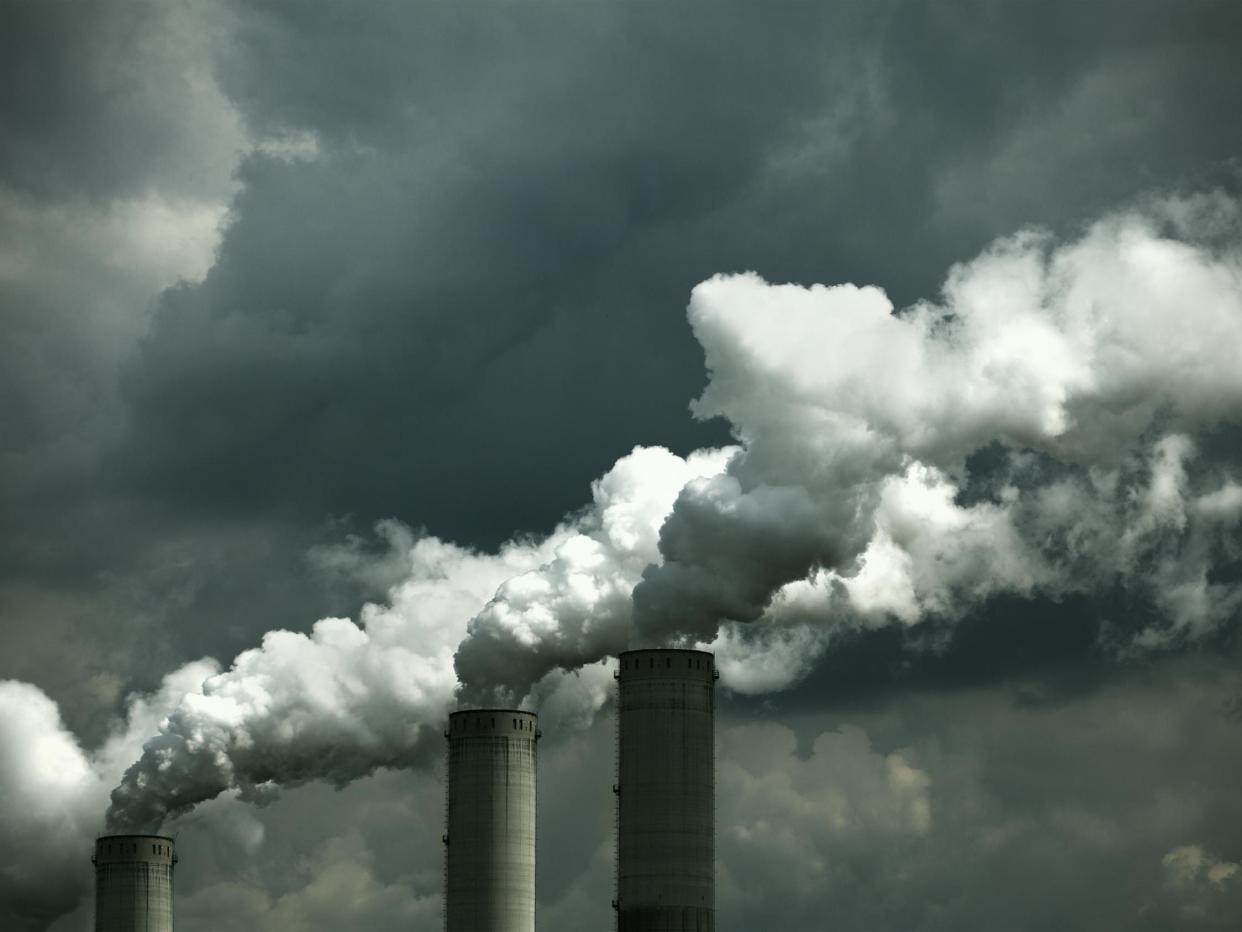Climate crisis: Fossil fuels’ impact on planet ‘vastly underestimated’

The oil, gas and coal industries are emitting “vastly” more of the potent greenhouse gas methane than was previously thought, and curbing these emissions could provide rapid benefits to the planet, a study has found.
After carbon dioxide, methane is the second biggest contributor to global warming, and levels in the atmosphere have increased by about 150 per cent since the industrial revolution.
Though there is less of it than CO2, methane’s greenhouse effect is around 80 times more potent. And unlike CO2, which can remain in the Earth’s atmosphere for around a century after it is emitted, methane lasts for less than a decade, meaning the impacts of reduction could be felt relatively quickly.
“If we stopped emitting all carbon dioxide today, high carbon dioxide levels in the atmosphere would still persist for a long time,” said University of Rochester researcher Benjamin Hmiel.
“Methane is important to study because if we make changes to our current methane emissions, it’s going to reflect more quickly.”
Levels of methane in the atmosphere are still rising, but until now it has been difficult to determine exactly where the emissions are coming from as methane can be emitted in two distinct ways.
These are: through biological activity on the surface of the planet – such as agriculture, from wetlands, from paddyfields and landfill – and it is also produced by industrial burning of fossil fuels.
The new research has allowed scientists to unpick the difference between the methane produced by burning fossil fuels, and the methane produced biologically, allowing us to see for the first time the extent to which fossil fuels are to blame for introducing damagingly high levels of methane into the atmosphere.
The research has considerable implications.
“Placing stricter methane emission regulations on the fossil fuel industry will have the potential to reduce future global warming to a larger extent than previously thought,” said Dr Hmiel.
The contribution of biological methane in the atmosphere can be detected by a chemical signature – the presence of carbon-14 – a rare radioactive isotope.
But in fossil fuels, the hydrocarbons required to leave this signature have all broken down – as the organic matter has spent millions of years underground, so no carbon-14 isotopes are left.
While scientists are able to accurately measure total amounts of methane in the atmosphere, the carbon-14 signature, or lack thereof, provides an indication as to how much methane is coming from fossil fuel extraction.
In order to more accurately separate the natural and anthropogenic components, Dr Hmiel and his colleagues turned to the past, by drilling and collecting ice cores from Greenland.
The ice core samples act like time capsules, containing bubbles with small quantities of ancient air trapped inside.
The researchers used a melting chamber to extract the ancient air from the bubbles in order to study its chemical composition.
The researchers focused on measuring the composition of air from the early 18th century – before the start of the Industrial Revolution – to the present day.
Humans did not begin using fossil fuels in significant amounts until the mid-19th century.
Measuring emission levels before this time period allows researchers to identify the natural emissions present at the time without the fossil fuels in today’s atmosphere.
There is no evidence to suggest natural fossil methane emissions can vary over the course of a few centuries.
By measuring the carbon-14 isotopes in air from more than 200 years ago, the researchers found that almost all of the methane emitted to the atmosphere was biological in nature until about 1870.
At this point the fossil fuel methane component began to rise rapidly. The timing coincides with a sharp increase in the use of fossil fuels.
The researchers said their findings indicate levels of biologically released fossil methane – by natural processes such as venting – are about 10 times lower than previous research reported.
Meanwhile the burning of fossil fuels by humans is contributing between 25 – 40 per cent more methane than previously reported.
The research indicates the energy sector is failing to account for the levels of the colourless, odourless gas it is pumping into the atmosphere, helping to heat the planet.
Dr Hmeil said the findings were positive.
“I don’t want to get too hopeless on this because my data does have a positive implication: most of the methane emissions are anthropogenic, so we have more control. If we can reduce our emissions, it’s going to have more of an impact.”
The research is published in the journal Nature.


